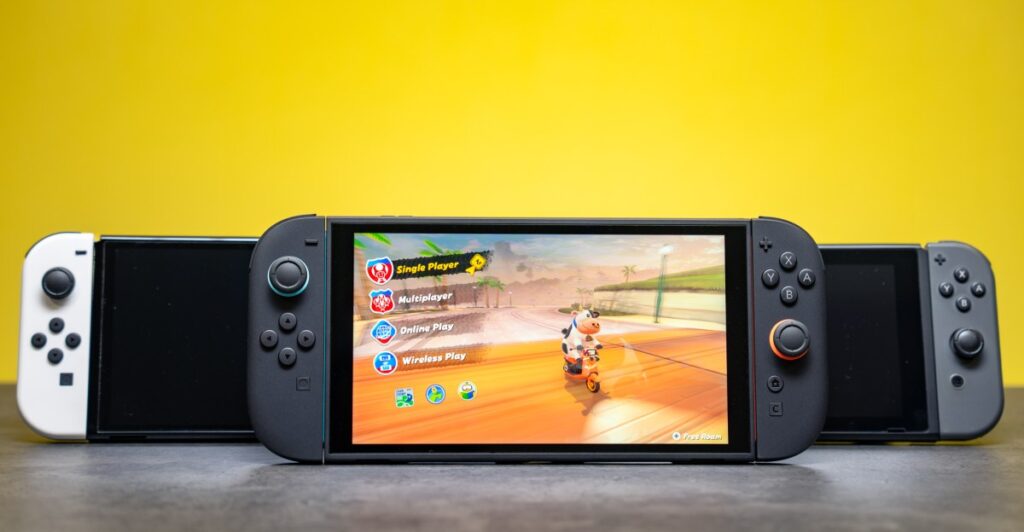
In a surprising turn of events, it has been confirmed that the Nintendo Switch 2’s official dock supports Variable Refresh Rate (VRR) technology, yet this feature remains unavailable for the Switch 2 itself when connected to a TV. This revelation raises questions about Nintendo’s intentions and technical capabilities, especially after the company initially advertised VRR compatibility for TV use before retracting the claim.
The announcement comes as Nintendo apologized on May 16th for the confusion, stating, “Nintendo Switch 2 supports VRR in handheld mode only.” This clarification followed the removal of VRR mentions from their promotional materials. However, recent tests have shown that the dock can indeed support VRR when used with other devices.
Discovering the Dock’s Capabilities
Sean Hollister, a senior editor at The Verge, conducted experiments by connecting a Steam Deck to the Nintendo Switch 2 dock. The results were clear: the dock successfully enabled VRR, allowing for smoother gameplay on VRR-capable TVs. Hollister’s tests included multiple handheld devices, such as the Lenovo Legion Go S with SteamOS and the Asus ROG Ally X with Bazzite, all outputting 4K at 120Hz with HDR and VRR to a Samsung S90C TV.
This discovery was inspired by reports from Reddit users like u/DynaMach, who shared similar experiences. However, the practicality of using the dock with non-Nintendo devices is limited, requiring a female-to-male USB-C extension cable and careful handling to maintain connection stability.
The Technical Enigma
The question remains: why does Nintendo not enable VRR for the Switch 2 when docked? The technology could significantly enhance gaming experiences, particularly for titles like Cyberpunk 2077 that struggle to maintain a consistent 60 frames per second. Even minor frame rate dips could be smoothed out with VRR, reducing the stutter that currently affects gameplay.
According to Rich Leadbetter of Digital Foundry, who has analyzed the Switch 2’s VRR capabilities, the feature is present but not fully optimized. “Clearly the feature is in there and working, because the Welcome Tour proves it, but the actual implementation in other games so far is disappointing,” he stated on the channel’s podcast.
“Nintendo probably made an honest mistake when it wrote, then apologized for writing, that the Switch 2 would support VRR in TV mode.” – Rich Leadbetter, Digital Foundry
Speculation and Silence
Despite these findings, Nintendo has remained silent on the matter, offering no further comments. The absence of VRR support in docked mode could be due to technical challenges or strategic decisions, but without official clarification, the gaming community is left to speculate.
This situation is reminiscent of other technological quirks encountered during the Switch 2’s launch, such as issues with semi-locked-down USB-C video output and compatibility problems with certain webcams. These challenges suggest a complex interplay of hardware and software considerations that Nintendo may still be navigating.
Looking Ahead
The implications of this discovery are significant for both consumers and developers. As gamers continue to demand higher performance and smoother experiences, the pressure mounts on Nintendo to address these limitations. Whether through future updates or new hardware iterations, the company will need to clarify its stance on VRR and its broader technological strategy.
For now, the Nintendo Switch 2 remains a powerful handheld device with untapped potential in docked mode. As the gaming industry evolves, so too must the technologies that support it, and Nintendo’s next moves will be closely watched by enthusiasts and competitors alike.






